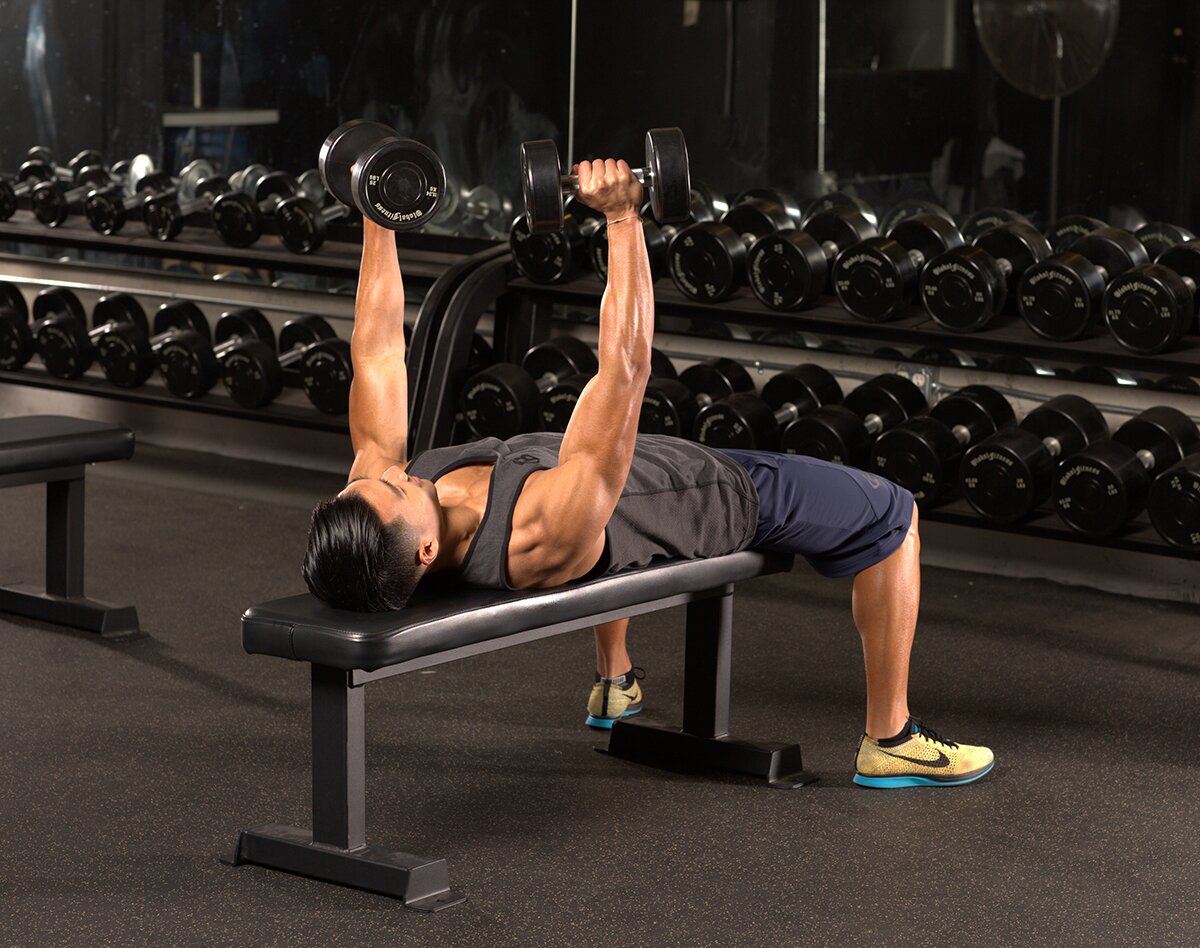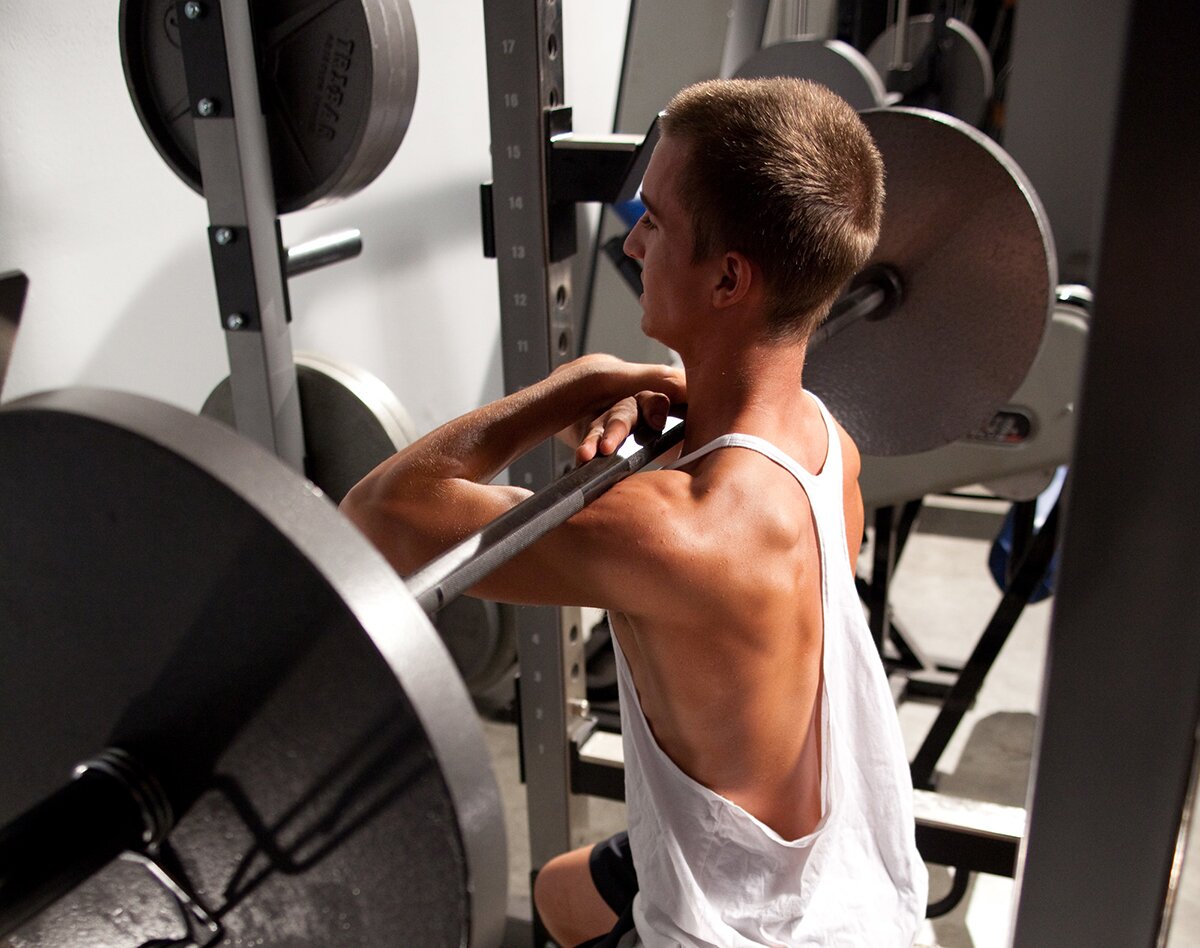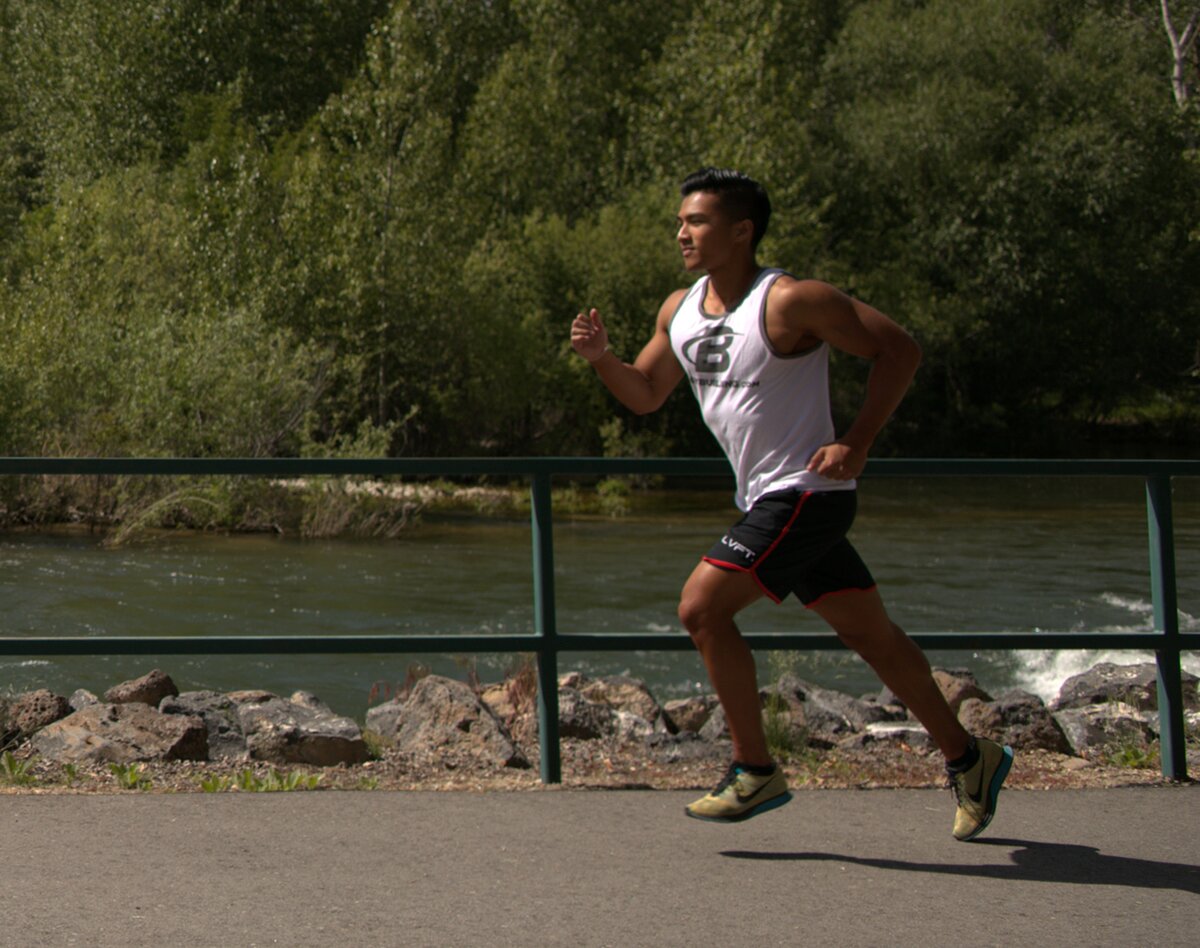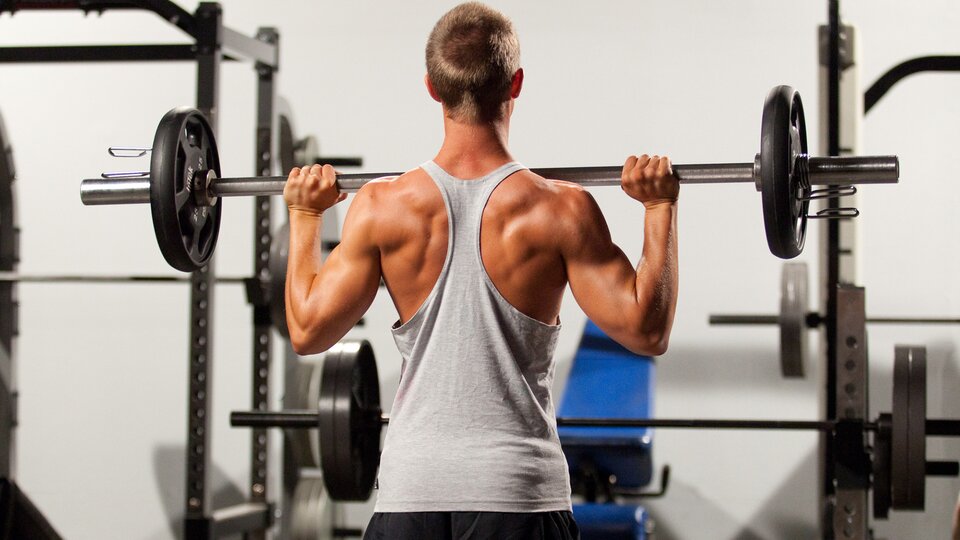Supps for Teens | Bodybuilding for Teens: Start Here | Keys to Bodybuilding Success | Best Workout for Teens | Muscle-Building Mistakes
Getting started in bodybuilding as a teen is one of the best things you can do to ensure your health and fitness, not just now but in your 20s and beyond. Whether you want to gain muscle, lose weight, improve your sports performance, or just get in shape, working out can take you there. The trick is to do it properly.
The amount of information you’ll find on the web and advice you’ll get from other trainees at the gym is mind-boggling. It’s difficult to separate the valuable info from what can hurt you, so you need to be careful. That’s where these tips come in. Keep them in mind as you begin your teen muscle-building journey, and you’ll be on the road to seeing lasting results you can be proud of.
Do Bodyweight or Light-Weight Exercises for at Least a Month
If you’re a teen who is new to bodybuilding, it’s a smart plan to spend a good month or so performing only bodyweight exercises. This will help your body get used to the resistance-training stimulus without the very high load that comes with traditional weightlifting workouts.
You can also perform some of the exercises you plan on doing, such as the squat, bench press, shoulder press, and so on, using very light weights of 10-20 pounds to learn proper form. Nailing your form at the start of your teen workout journey will help you build more muscle and set you up for a reduced injury rate in the future.
If you rush into lifting heavier weights too soon, you will compromise your good form and develop very bad habits that will be much harder to break later.
Use Compound Exercises
As a teen bodybuilder, make sure that you devote most of your workout time to the basic, compound exercises. These are exercises that work multiple muscle groups at the same time, such as squats, rows, deadlifts, shoulder presses, and the bench press. In contrast, isolation exercises are those that work only one muscle group at a time; for example, biceps curls.
Right now, as your body is growing and getting ready for your prime muscle-building years, between the ages of 18-25, you want to build a solid foundation. If you’re too wrapped up in performing isolation lifts, you’re not really working that many muscles, which will severely hinder your muscle-building efforts.

Isolation lifts can have their place in a teen workout program, but they will be more important later when you’re looking to refine the muscle you have built. For now, however, they should not be the focus.
Limit Your Volume of Training
Volume is the amount of work you do—the number of workouts, sets, and repetitions. In their enthusiasm, teens often perform far too much training volume, making it very difficult for the muscles to recover before it’s time to train again. While younger trainees do typically have far superior recovery rates than those in their 40s and 50s, during the earlier teen years especially, there are so many other growth processes taking place that too much volume can hinder your recovery.
What’s more, since weightlifting is a relatively new stressor to your body, you need time to adapt to it, which further suggests that you will do better with a slightly lower overall volume of work.
If you focus on keeping the total number of reps per exercise around 25 and limit yourself to 4-6 exercises per workout, you should be in the progress zone. Obviously, there is some variation from person to person, but that’s a good general guideline to start with, and you can adjust the program as you go along based on how you’re feeling.
If you’re trying to build muscle, you’ll need plenty of protein. Aim for 1 gram per pound of body weight daily, and use protein shakes to help you get there!
Watch Your Training Intensity
Intensity refers to the poundages you’re lifting. As you are still in the rapid growth period that occurs during the early adolescent years, if you start with a teen workout program that is too intense for what your body can handle, it will compromise all the other reactions that are taking place in the body.
You may have heard the rumor that weight training at a young age can stunt your growth, and there’s a reason for it. The truth is that weight training itself won’t stunt growth, but if you are training so intensely that your body has no energy left to use for the natural growth process, that’s where the problems will start.
Obviously, you will be increasing the weights you use over time. Once you have found the right starting weights, apply the 10 percent rule when you’re ready to move up—increase the intensity by no more than 10 percent per week.

The bottom line: Keep an eye on the total intensity of your workouts during the week and make sure you’re eating enough total calories that you still have plenty of energy for your body to build muscle and function normally.
Pay Attention to Nutrition
Never overlook the importance of nutrition in a teen bodybuilding program. What you put into your body every day will play a key role in how much muscle you build, so if you’re not careful, your diet can hamper your results and negatively impact the natural growth processes, as mentioned above.
Calories are essential for normal growth processes during your teen years, and if your daily calorie expenditure is too high compared with what you take in, you can lose out on growth. To help prevent this, make sure that you’re taking in plenty of calories to fuel your workouts. Most teens who are building muscle should be eating 18-20 calories per pound of body weight, and in some cases, even more.
Approach Cardio Strategically
Cardiovascular training is an essential component of getting fit, and despite what you may have heard, incorporating it into your program will not hinder your muscle building. While it’s true that doing too much cardio will limit your progress, you should always add some cardio to promote good health. If you are already active in sports, it is not a concern, but if you do no outside exercise apart from your workouts, it’s a smart move to include 2-3 moderately paced cardio sessions of 20-30 minutes, as well. They can be as simple as a brisk walk or riding a bicycle, as long as you get your heart rate up. Doing cardio exercise will help keep your heart healthy, get you into better physical shape, and prevent you from developing a weight problem, something that plagues so many younger adults.

Don’t Forget to Stretch
Many teens—and older trainees, as well—don’t realize the importance of stretching at the end of a weight workout. They overlook the benefits of stretching, and since it doesn’t do much to help with overall fat loss or muscle building, they figure they can leave it out.
Bad decision. Right now, when you’re young, is the best time to improve flexibility. If you overlook it now, it will only be that much harder to gain flexibility as you get older.
Additionally, stretching helps to ensure that you’re fully capable of moving through the entire range of motion on all your exercises, which is key to receiving their full muscle-building benefits. Stretching takes only 5-10 minutes, but when done regularly, will add up to great long-term benefits.
Set Reasonable Goals
Finally, you want to make sure that you maintain realistic goals. That means shorter-term, achievable benchmarks like losing or gaining a small amount of weight or adding to your bench press. Achieving a goal like that in 1-3 months will motivate you to set another one and lead to your continued progress. Impossible goals like, “I want to look like Mr. Olympia in one year,” or “I want to go from 20 percent to 5 percent body fat in six months,” will only discourage you.
Don’t be too concerned at this point with exactly how you look. Focus on the process instead, and before you know it, you will be adding the muscle you’re looking for.
